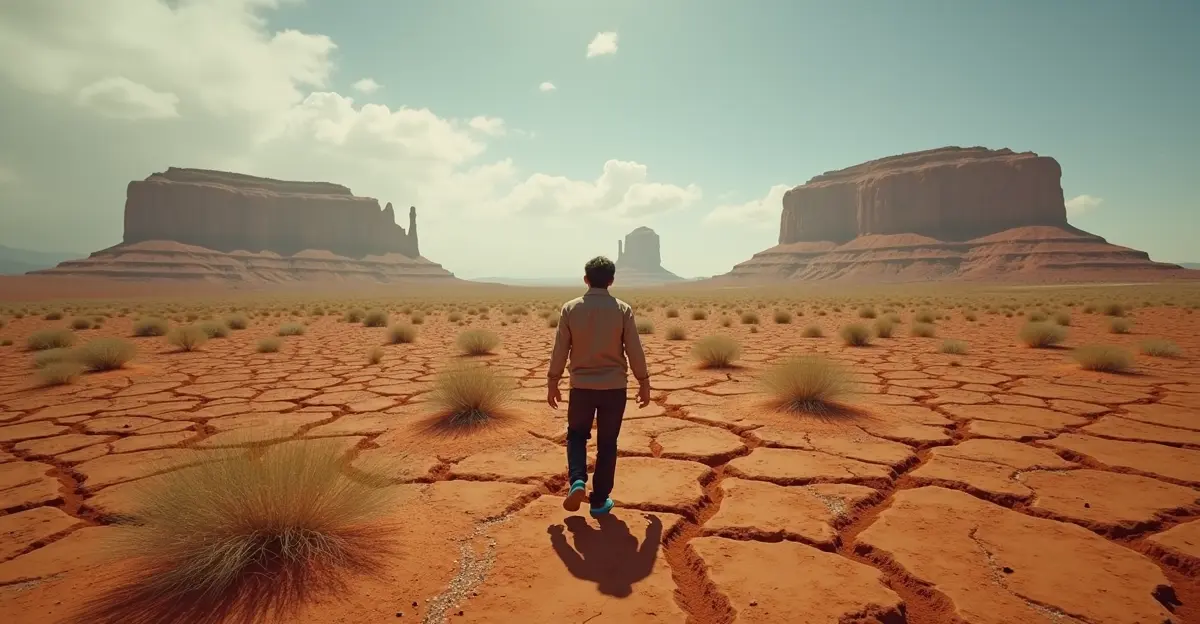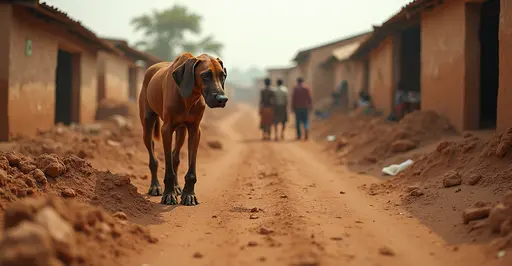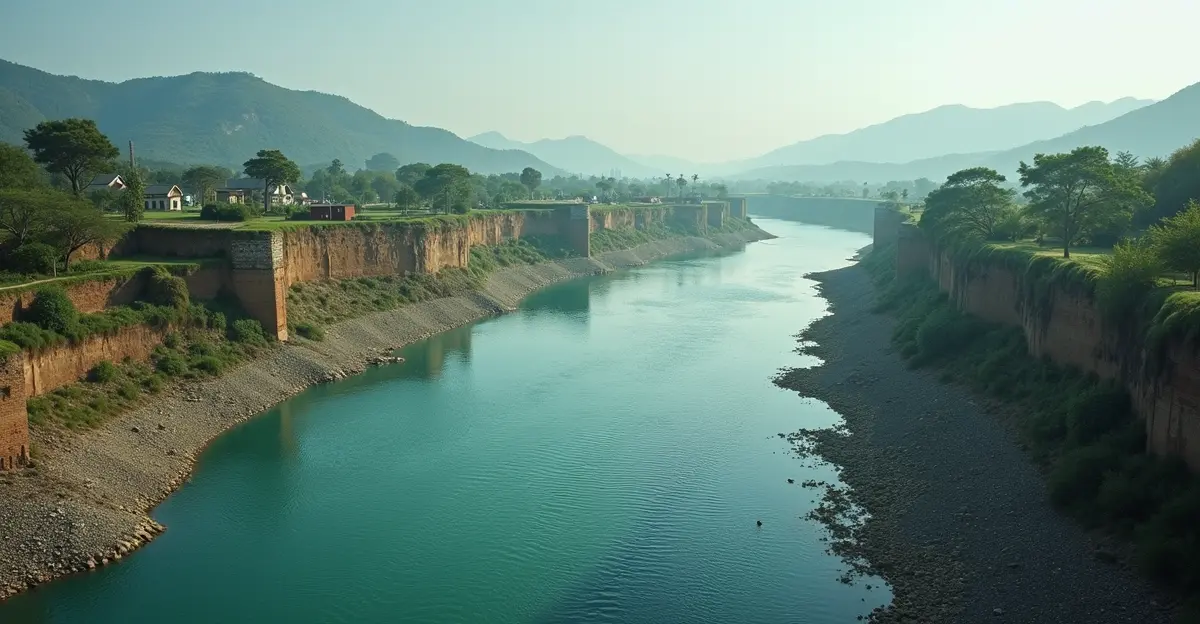
The Growing Threat of Mega Droughts
Across the globe, regions are experiencing what scientists call "mega droughts" – prolonged dry periods lasting decades rather than years. These extreme drought conditions are becoming more frequent and severe due to climate change, with devastating impacts on ecosystems, agriculture, and human communities.
What Defines a Mega Drought?
Unlike typical seasonal droughts, mega droughts persist for 20 years or more, fundamentally altering landscapes and water availability. The IPCC defines drought simply as "drier than normal conditions," but mega droughts represent a catastrophic escalation of this phenomenon. These extended dry periods create feedback loops where arid conditions become self-perpetuating, making recovery increasingly difficult.
Global Hotspots for Mega Droughts
Several regions worldwide are currently experiencing or are at high risk for mega droughts:
Southwestern United States
The American Southwest has been in a severe drought since approximately 2000, with some areas experiencing the driest conditions in over 1,200 years. States like California, Arizona, and New Mexico face critical water shortages affecting agriculture, urban water supplies, and wildfire risks.
Australia
Australia has experienced multiple severe droughts in recent decades, with rainfall in southwestern Australia decreasing by 10-20% since the 1970s. The Millennium Drought (1997-2009) was particularly devastating, affecting agricultural production and water security across southeastern Australia.
Amazon Basin
The Amazon rainforest, crucial for global climate regulation, has experienced severe droughts in 2005, 2010, and 2015-2016. These events threaten the rainforest's ability to function as a carbon sink and could potentially push the ecosystem toward irreversible tipping points.
Horn of Africa
The 2020-2022 Horn of Africa drought surpassed previous droughts in both duration and severity, causing widespread famine, displacement, and humanitarian crises across Ethiopia, Somalia, and Kenya.
Climate Change Connection
Scientific research increasingly links the intensification and lengthening of drought periods to human-caused climate change. Rising global temperatures increase evaporation rates, alter precipitation patterns, and disrupt traditional weather systems. The warming climate makes extreme drought events more likely and more severe.
Economic and Social Impacts
Mega droughts have profound consequences beyond environmental damage. Agricultural losses can reach billions of dollars, food prices rise dramatically, and water scarcity leads to conflicts over resources. Social impacts include population displacement, health crises from dust and poor air quality, and increased wildfire risks that threaten communities.
Adaptation and Mitigation Strategies
Communities and governments are implementing various strategies to cope with mega droughts:
- Improved water conservation and management systems
- Development of drought-resistant crops
- Investment in water recycling and desalination technology
- Early warning systems and drought monitoring
- Policy changes for sustainable water use
As climate change continues to accelerate, the frequency and severity of mega droughts are expected to increase, making adaptation and mitigation efforts increasingly critical for global water security and stability.

 Nederlands
Nederlands English
English Français
Français Deutsch
Deutsch Español
Español Português
Português







